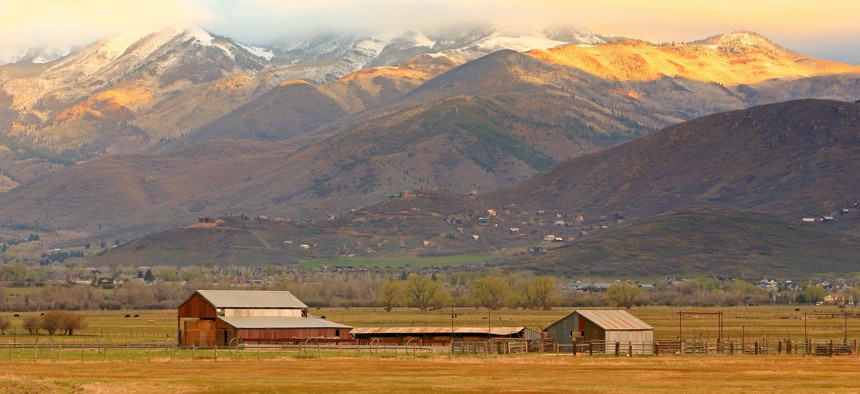Weak Business Growth Across Rural America Highlighted in New Report

Shutterstock

Connecting state and local government leaders
It’s some of the latest research to look at the growing divide between thriving cities and other parts of the country that are lagging economically.
The economic struggles in many corners of rural America in the years since the Great Recession are well known at this point.
But research that the liberal Center for American Progress recently released includes some stark findings about the differences between areas in and around the nation’s cities and rural communities when it comes to new businesses growth.
The report says that between 2010 and 2016, in non-metropolitan communities, the change in the number of business establishments was “basically zero.” Most of the new U.S. business growth that did occur took place in the nation’s 20 largest metropolitan counties.
It’s the latest research to highlight the growing divide between America’s thriving urban areas and the rest of the country.
Among the factors contributing to this trend are long-running declines in sectors like manufacturing and mining, as well as demographic shifts that are leaving many rural communities with populations that are shrinking and growing older.
“While much has been written about the tough job market in rural America since the Great Recession, there’s been surprisingly little focus on the lack of new business creation in rural communities,” the report’s author, Olugbenga Ajilore, said in a statement.
“Historically, new firm growth has played a key role in helping communities recover from recessions,” he added.
To take a closer look at business growth trends across the country, Ajilore divided metro and non-metro communities into different sub-categories based on certain characteristics.
In doing so, he finds real differences in rural communities, with some experiencing mostly the loss of businesses, while others saw some growth. In the South, rural areas with large African American populations and “evangelical hubs,” with fewer college graduates and limited health care providers, are among those that had the most business losses between 2010 and 2016.
Other areas with declines included rural, blue-collar communities spread across the South and upper Midwest, among other places, with lower incomes and lower college graduation rates. The same was true for “rural middle America” communities with mostly white, middle-income populations and average college graduation rates, as well as Native American lands.
Business growth was also weak in farming communities with aging populations, the report shows.
Pockets of rural America that have seen the strongest business gains tend to have economies that depend on recreation or industries like oil and gas production. This makes it hard to apply lessons from those places to areas lacking similar resources, the report notes.
Population increases can help drive small business growth. And Ajilore points out that one way the population in an area can grow is if immigrants move there. He points to an influx of Mexican immigrants working in meatpacking jobs in Nebraska as an example.
“There’s an important role for local, state, and federal policymakers to play in helping businesses in rural communities,” Ajilore said. “Until there are efforts at all levels of government to foster entrepreneurship in rural areas, these communities will continue to fall behind.”
A copy of the report can be found here.
Bill Lucia is a Senior Reporter for Route Fifty and is based in Olympia, Washington.

NEXT STORY: Census Advocates Spread the Word on New Online Forms





